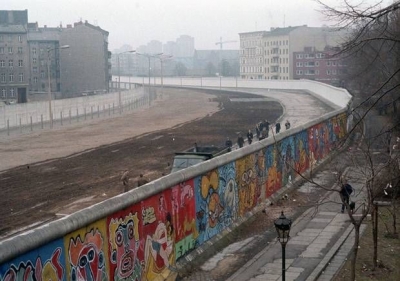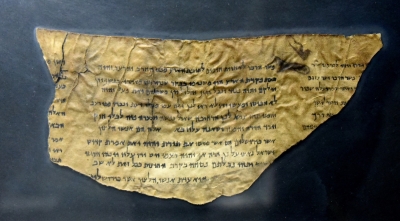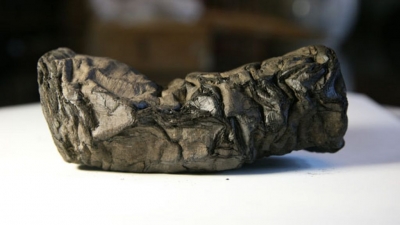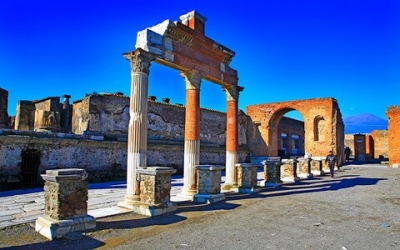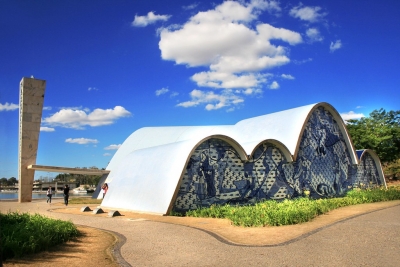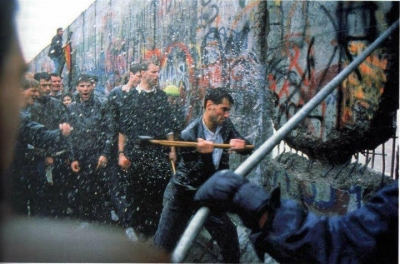
The Wall and attempts to cross it
Willi Seifert, commander of the GDR’s interior troops was tasked with erecting the barrier. Constructed in August 1961, the Berlin Wall was actually two walls separated by a heavily guarded, mined corridor of land known as the “death strip”. There was also around 50km of heavy wire mesh, existing cemetery walls and house facades that made up part of the Wall. The entire length of the Wall was 163 km.
Lined with nearly 300 watchtowers, the Wall was under the constant surveillance of the East German border guards. They were authorized to shoot at anyone attempting to cross the Wall.
Several attempts were made by people to cross over the Berlin Wall. It claimed the lives of at least 140 people. The most public incident of the attempt to cross over was that of Peter Fetcher. Peter and his friend, both teenagers, sprinted across no-man’s land near a border crossing-point nicknamed Checkpoint Charlie on August 17, 1962. While his friend made it over, 18-year-old Peter was shot in the back and collapsed. As western photographers pleaded with the guards to rescue the teen, the guards refused to help.
Amidst the lull, there were several East Germans who managed to cross the Wall using different ways. While some used sports cars and armoured trucks, some dug tunnels and built a hot air balloon.
The fall of the Wall
Things started to deteriorate for the Eastern bloc in the 1980s with the start of an energy crisis and political struggle within the bloc. Rising civil unrest also put pressure on the East Germany government. However, what started the downfall of the GDR was the fall of the Iron Curtain between Hungary and Austria. The opening of that border led to several East Germans migrating to West Germany through Hungary. However, this attempt was quickly blocked, but East Germans began to camp at West German embassies across the Eastern bloc and refused to return. Meanwhile, demonstrations began within East Germany in full swing.
East Germany was pressured to relax some of its regulations on travel to West Germany. On November 9, 1989, at a pressconference to announce the same, East German spokesman Gunter Schabowski announced that East Germans would be free to travel into West Germany, starting immediately. However, he failed to clarify that some regulations would still apply. This led to the western media reporting that the border had been opened, leading to large crowds gathering at either side of the checkpoints. Eventually, passport checks were abandoned and people crossed the border unrestricted.
The Berlin Wall had fallen, and this fall marked the beginning of the unification of Germany, which took place on October 3, 1990.
Picture Credit : Google

